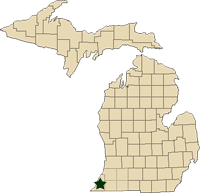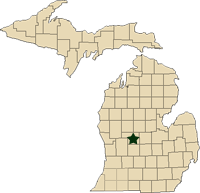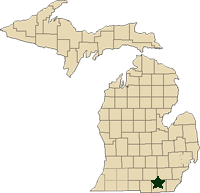Regional reports on Michigan vegetables – August 15, 2012
MSU Extension educators’ pest and vegetable updates for Michigan.
This week’s regional reports:
- Southwest Michigan – Ron Goldy
- Central Michigan – Fred Springborn
- Southeast Michigan – Lina Rodriguez Salamanca
Southwest Michigan – Ron Goldy, Michigan State University Extension
|
Weather
Temperatures for the period were near normal with highs from from 63 to 85 degrees F and lows from 51 to 66 degrees F. The area received an inch to over 2 inches of rain. Heavy morning dew has been normal for the period. Consistent rains over the past four weeks have helped alleviate dry soil conditions; however, significant damage had already been done to crops without irrigation.
Crop reports
Harvest continues on all crops. Growers have welcomed the slower pace due to the cooler temperatures. Growers are removing plants from early planted fields, getting ready to remove the plastic.
Heavy dews have encouraged powdery mildew on many vine crops, especially pumpkins and squash. Virus symptoms are also increasing in these two crops.
Downy mildew continues to be a problem. Cucurbit growers need to be diligent in applying the proper products for adequate control.
With the recent cloudy, cool and wet conditions, tomato producers can expect a decrease in fruit quality and therefore marketable yields. These are the conditions that lead to increased shoulder-checking of the fruit and it will probably take one or two pickings before quality increases.
Hot weather earlier has decreased pepper yield and quality. High temperatures cause peppers to drop their flowers without setting fruit. It also leads to an increase in the incidence of blossom end rot.
Central Michigan – Fred Springborn, Michigan State University Extension
|
Weather
The drought may not be officially broken, but it feels like it in the central region! All-day rain events last week left us with 3 to 6 inches of rain. High air temperatures ranged from 59.3 degrees F on Friday (August 10) to the mid 80s early last week. Lows were in the mid 50s. Average relative humidity levels are higher this week, with several days averaging above 80 percent.
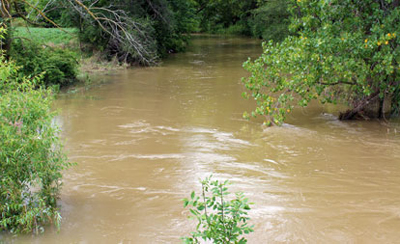
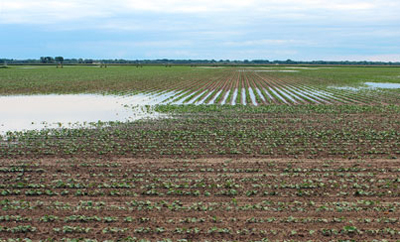
Recent rainfall relieved drought stress, caused some
minor flooding injury, and filled the creeks to their
banks in several areas including this location on the
west side of Saginaw County.
Crops
Potato harvest has started in chip potatoes. Potato vines continue to deteriorate rapidly in many fields. Late season weed control issues are becoming more apparent. No reports yet of late blight here in Michigan except in experimental plots where the disease was introduced. Growers should continue to make fungicide applications to actively growing fields or vines.
Pickle harvest continues. I have NOT yet confirmed downey mildew in Montcalm or adjacent counties. The recent heavy rains will present a challenge for growers who will need to apply fungicides over the next few days with ground rigs. While aerial application generally does not give adequate coverage it is likely better than not making a needed application due to wet field conditions.
Western bean cutworm larvae are appearing in harvested sweet corn ears where insecticide applications were not made. Even those varieties that contain Bt traits have shown damage. Japanese beetle injury to ear tips is also present in some locations, again where insecticide application were not made.
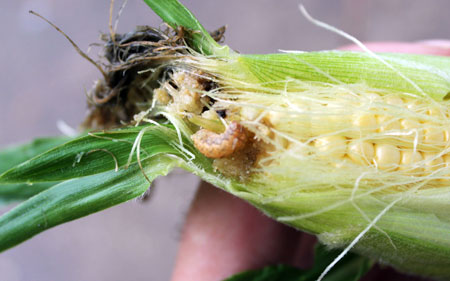
Spider mite populations appear to be declining rapidly with the recent rains and higher humidities. Before making an application to control mites, be sure to examine the population closely for evidence of disease. In many cases only dead mites are now found on leaf surfaces.
Southeast Michigan – Lina Rodriguez Salamanca, Michigan State University Extension
|
Weather
In the past week, the southeast part of the state had 1 inch of rain in four rain events. For 2012, we had a total of 13 inches of rain. Cooler temperatures ranging from 57 to 78 F and cloudy days have provided high humidity reaching from 40 to 95 percent (relative humidity) with 7 to 20 hours of wetness.
Crops and pests
Cucurbit crop harvest continues. In the Monroe County spore trap, cucurbit downy mildew counts were from eight to 42 spores per hour. Currently, the forecasted risks for cucurbit downy mildew are high. Scout your fields and keep up with the recommend spray program for your crops. Six Michigan counties have confirmed reports of cucurbit downy mildew.
Some muskmelon fields have the beginning of Phytophthora rot. Read more information on Phytophthora management.
Mites continue to be a problem in multiple crops such as muskmelons, tomatoes and eggplants. Rain and humidity will enhance natural enemies of mites. We can learn about biology and management of mites from an MSU Extension article published on soybean crops, Potential for spider mites, especially in southern Michigan.
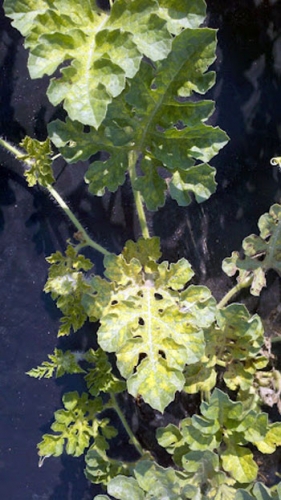
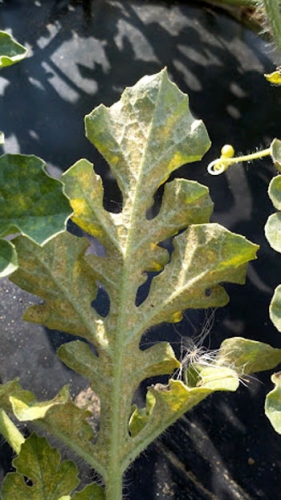
Mite damage in melons. The underside of the leaves have spider mites present.
Photo credit: Lina Rodriguez-Salamanca, MSUE
Thrips continue to cause problems in cabbage. See the pictures below on damage caused by the thrips. This damage will render the cabbage heads unmarketable and loads will be rejected or will need additional peeling. To prevent this damage, scout your field early with the help of a hand lens.
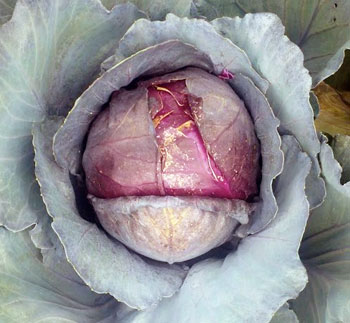
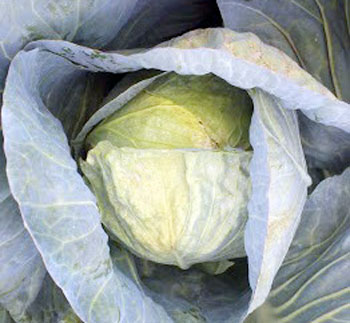
Thrips damage in cabbage, both purple (left) and green cabbage (right) can be infested with thrips.
Photo credit: Lina Rodriguez-Salamanca, MSUE
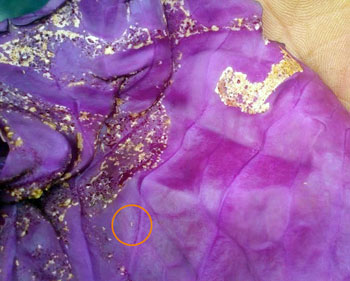
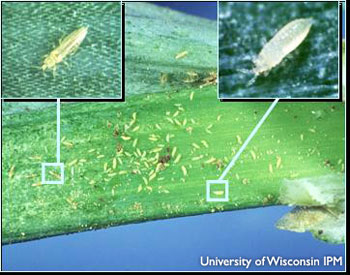
See thrips instar in the orange circle, they are minute (left)! Different thrips stages in onion leaves (right).
Photo credit: University of Wisconsin IPM
Sweet corn harvest continues. In the Monroe County trap, 36 corn earworm moths were caught on August 14. Monitoring will continue. Low risk for western bean cutworm in our area – no further monitoring for this pest is needed as migration has stopped in our area.



 Print
Print Email
Email